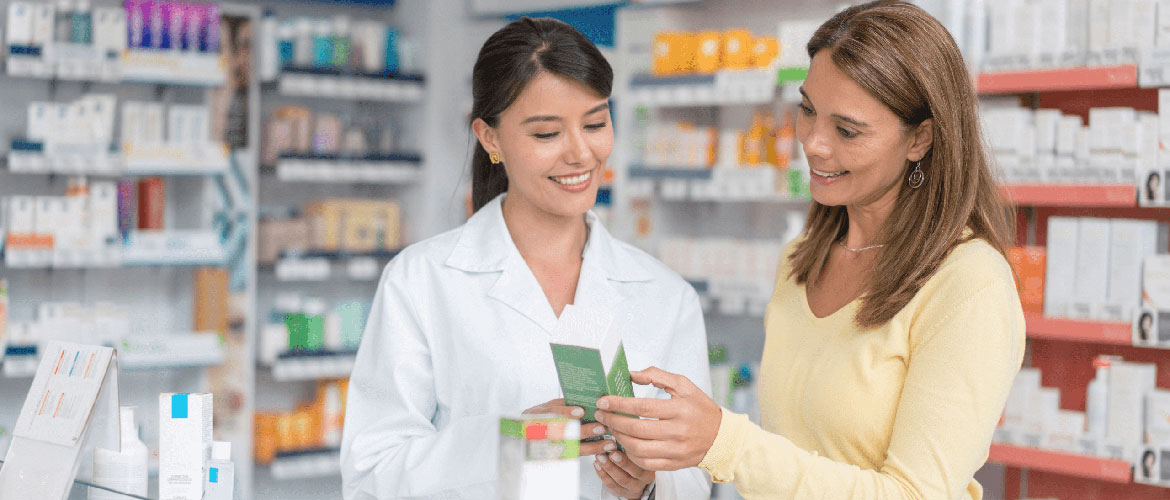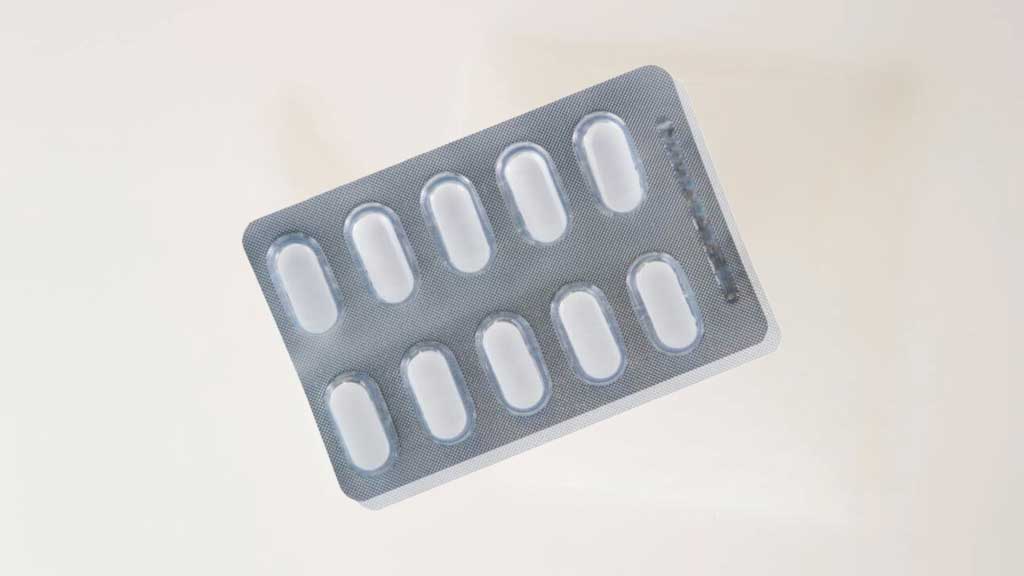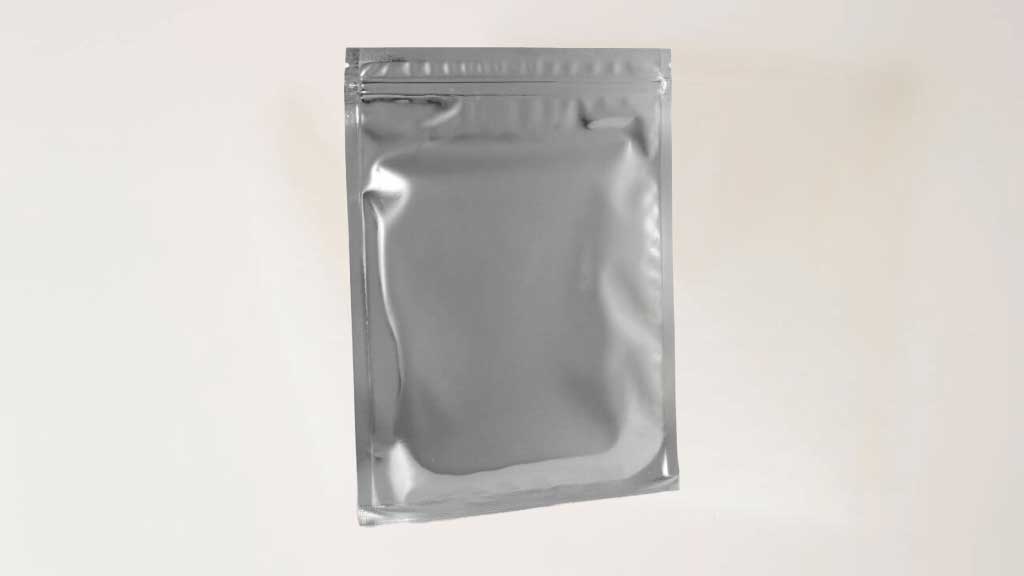

About the Author:
CEO at AlFiPa, responsible for operations as well as purchasing and sales. He is the primary contact for orders and deliveries within the company.
Sensitive items such as drugs and medical aids require high-quality packaging that must fulfill multiple functions. While sturdy secondary packaging ensures the safe storage of delicate containers (e.g., glass) and provides protection over relatively long transport distances, primary packaging is responsible for a mutual barrier effect.
Since they come into direct contact with pharmaceutical products, their materials must meet high-quality standards to be approved as safe and sterile drug packaging.
Which Packaging for Which Medication?
Medication packaging must protect against permeation and prevent migration. Therefore, they require excellent barrier properties against external influences such as contamination, light, oxygen, and water vapor. Moreover, they must prevent the absorption of the ingredients.
Since individual materials cannot meet all requirements, barriers are often made from multi-layer plastic-based materials. Packaging that must be sterilized to be germ-free also requires heat and chemical resistant base materials.
To ensure the storage of pharmaceutical ingredients at cryogenic temperatures (-160 to -180° C), specialized temperature-resistant pharmaceutical packaging solutions may also be necessary.
Medicines in powder, tablet, or liquid form, as well as ointments and creams, and medical aids like bandages, dressing materials, or plasters have different requirements for the barrier properties of pharmaceutical packaging. Different forms of administration or applications further determine their design and shape.
Main Requirements for Medication Packaging:
- Protection against permeation and migration: Prevents the penetration of contaminants and the transfer of ingredients.
- Barrier effect against external influences: Protects against light, oxygen, water vapor, and contaminants.
- Prevention of ingredient absorption: Preserves the integrity of the medication.
- Material quality: High-quality, sterile materials for direct contact with pharmaceutical products.
- Specialization by medication form: Adaptation to powders, tablets, liquids, ointments, etc.
- Temperature resistance: Necessary for storage at cryogenic temperatures.
Pharmaceutical Packaging Solutions for Powders and Granules
Solid, dry, and loose powder particles of medications, such as analgesics, probiotics, or laxatives, are temperature-independent and have good stability compared to liquid preparations. On the other hand, they are prone to dust due to their fine grain size.
They are usually packed in hermetically sealed single-dose bags (sachets, stick packs) made of coated paper or laminates. Granular agglomerates of powder particles, which have a larger grain size, are also available in multi-dose containers (e.g., stand-up pouches).
Aluminum is well-suited for packaging powders and granules. It has excellent barrier properties against light, water, air, and other gases and is also easy to shape, coat, and print.
For pouches, the foil composite with a classic triplex structure of PET, aluminum, and PE is used. In addition, mono-material solutions are used, which, for example, use layers of PP and metallized high-barrier PP. Pure plastic films are also possible.
ensured by advanced multi-layer technology and specially developed materials
Push-through Packaging or Blisters for Tablets, Capsules, and Suppositories
Solid medications processed into tablets, film-coated tablets, or capsules have a longer shelf life than liquid medications and are easy to store.

Blister Packaging. Designed to meet the diverse requirements of the pharmaceutical industry, these materials offer a reliable solution for the safe and effective packaging of medications.
They require only small packages that are cost-effective as medication blisters (clear packaging) and push-through packs (blister cards). These packages require materials with excellent thermoformability, a low moisture barrier, and chemical resistance. In many cases, they should also be transparent. Suppositories are stored at temperatures around 15-25° C and can melt in the sun, which is why they require an opaque material.
Materials for Flat Blisters and Push-through Packs
For blisters and tablet push-through packs, various plastics are used. PVC films are suitable due to their good thermoformability. Their poor barrier properties against moisture and oxygen are rectified by coating or laminating. Polyamide films (PA) are noted for their high strength and hardness.
They are used for tablet packaging and pharmaceutical flat blisters, as are polyester films (PET), which offer clear transparency.
Materials for Push-through Lid Films
Processed into rigid films with high stiffness and low elongation, aluminum is ideal for sealing push-through packs. Hard aluminum foils with a thickness of 20 µm are typically used, which break under light pressure.
If the material should only be pushed through with greater force (safety packs for children or seniors), a softer version is also possible. The outside of the aluminum foil is coated with a protective varnish and, if necessary, printed in one or more colors. A sealing lacquer as an inner coating serves to weld with the blister.
Aluminum foils of varying thickness are combined into cold form blisters (Formpack), which are characterized by extremely low diffusion. Moreover, moisture protection can be further increased by incorporating special desiccants into the bottom of the blister film. These Formpacks are suitable for particularly sensitive active ingredients and for medications intended for target markets in countries with high humidity.
As an alternative to aluminum, polyester films (PET) can be used, which serve as push-through lid films. Furthermore, polypropylene films (PP) are suitable for sealing pharmaceutical blister packaging. They provide a reliable water vapor barrier and can be easily printed.
Pharmaceutical Bottles and Pouches for Drops, Injection, and Drip Solutions

Packaging for Pharmaceutical Manufacturers. Designed to meet the stringent requirements of the pharmaceutical industry, these solutions offer optimal security and stability for medications from production to delivery.
Packaging Types and Their Use in the Pharmaceutical Industry
| Packaging Type | Application | Material Examples | Special Features |
|---|---|---|---|
| Blister Packaging | Tablets, Capsules | PVC, PA, PET | Thermoformable, Moisture and Oxygen Barrier |
| Sachets, Stick Packs | Powders, Granules | Coated Paper, Aluminum, PE | Hermetically Sealed, Light and Air Barrier |
| Pharmaceutical Bottles | Drops, Solutions | Brown Glass, Milky Plastic | Light Protection, Stable |
| Ampoules, Vials | Injection Solutions | Transparent Glass, Plastic | Break-Resistant, Sterilizable |
| Tubes | Creams, Pastes, Gels, Ointments | Composite Films, Laminated Aluminum Foils | Protection Against Contaminants, Barrier Effect |
| Four-Side Seal Pouches | Medical Materials | Coated Paper, Polyamide Films (PA) | Sterilizable, Chemical and Heat Resistance |
Liquid medications are typically filled into opaque bottles made of brown glass or milky plastic. PVC films are suitable for this purpose due to their excellent thermoformability, allowing them to be effectively used for pharmaceutical bottles.
For injection and infusion solutions, temperature-controlled pharmaceutical packaging in the form of ampoules or vials (injection solutions), and bottles or bags (infusion solutions) made of transparent glass or plastic are used. Polypropylene films (PP) are highly puncture-resistant. As infusion bags, PP composite films offer a shatterproof alternative to glass. They are temporarily heat-resistant (up to 140 degrees), making them easily sterilizable and also providing insulation.
To avoid contact with other glass items during transport, medicinal bottles and glass ampoules require stable secondary packaging (cardboard boxes). Pre-filled syringes are also packed in sterile plastic trays with sealing film. For blister packaging that requires peeling, polyester films (PET) are suitable. Removable or resealable sealing waxes are used, involving both hot melt sealing waxes (HSL) and sealing layers made from PE.
Tubes for Creams, Pastes, Gels, and Ointments
Semi-solid preparations, such as creams, pastes, gels, or ointments, often contain fats or essential oils and require pharmaceutical packaging materials that do not react with the ingredients. The higher the water content of the product, the more sensitive it is to microbial contamination or drying out.
Tubes made from composite films are commonly used for packaging. Their small openings provide maximum protection against contaminants. The durability before the first opening is ensured by a sealing membrane film under the cap.
Processed into tubes, laminated aluminum foils can contain semi-solid substances and optimally respond to their properties with a composition tailored to the ingredients of the packaged products.
Due to their good sealing properties, aluminum foils are also suitable for sealing membranes used under the caps of closure packaging, providing effective barrier protection until the first opening. Polyester films (PET), which are resistant to many chemicals, oils, and fats, can be processed into transparent tubes.
Pharmaceutical Compliance Packaging for Plasters and Wound Dressings, Transdermal Patches
Special pouches made from coated paper are suitable for medical materials that come directly into contact with wounds. They can be sterilized using radiation, gas, or steam. For plasters, dressing materials, compresses, surgical gloves, or medical instruments that need to be sterile before use, four-side seal pouches or tube bags are used.
For pouches or deep-draw packaging of medical auxiliary substances and devices, polyamide films (PA) are used, which are suitable for various sterilization methods due to their chemical and heat resistance. Folded pharmaceutical cartons serve as secondary packaging.
DIN EN ISO 15378 – What Is It?
Among the essential requirements for packaging materials for pharmaceutical products is compliance with the provisions of DIN EN ISO 15378. These define quality standards concerning the safety, efficacy, and reliability of drug packaging and oblige pharmaceutical packaging manufacturers to design the production process according to the rules of Good Manufacturing Practice (GMP) and to establish an integrated quality management system.
This includes integrating tamper evidence (pharmaceutical labels, sealed medication packaging) or a continuous numbering for pharmaceutical serialization and traceability in packaging, as well as choosing materials that support the reading of Braille.
Pharma certificates document compliance with standards that regulate controlled environmental conditions during the production of pharmaceutical packaging. For some medications, the hygiene regulations of food certificates are also relevant. Naturally, all packaging materials from AlFiPa are certified according to their requirements.
Packaging Trends in the Pharmaceutical Industry

Combining innovation and safety to ensure the integrity and effectiveness of medications through tailored packaging concepts.
However, pharmaceutical product packaging today must do more than just protect the contents in compliance with guidelines. Since medicine is tailored to individual patient groups, it must support various and changing forms of administration throughout the product lifecycle. Through pharmaceutical serialization solutions, such as the printing of scannable codes, important information like the date of first opening, the amount taken, or the recommended dosage can be accessed via smartphone.
Pharmaceutical packaging should not only protect against unauthorized access. They must also guarantee authenticity, which is especially important for high-priced medications. Microfonts, embossed fonts, holograms, and prints visible only under fluorescent light serve to protect against tampering. Aluminum foils excel here. They can be endowed with properties that prevent counterfeiting and product piracy.
Lastly, pharmacy packaging should be sustainably produced. The general trend towards recyclable materials is also evident in the pharmaceutical industry. Environmentally friendly materials for pharmaceutical packaging include mono films made of PP, rPET, or bio-PET. Competitive advantages through sustainable pharmaceutical packaging are particularly available for over-the-counter healthcare products when consumers can choose between multiple providers.
Your Pharmaceutical Packaging Manufacturer for Special Requirements
Do you produce pharmaceutical blister packaging with sealing, temperature-controlled packaging for pharmaceutical products, or sterile solutions for highly sensitive medications?
AlFiPa is your contact for medication packaging films. With us, you can not only order pharma films for your customer-specific medication packaging, but you also receive detailed information about sustainable packaging solutions for the pharmaceutical industry and competent answers to all film-related questions. Let us advise you!
